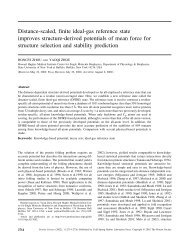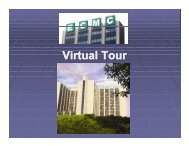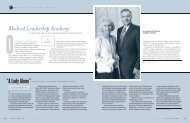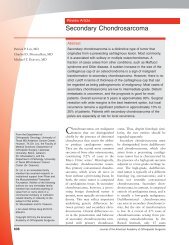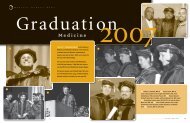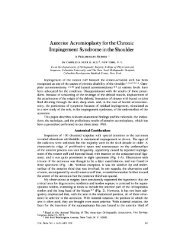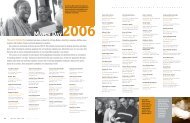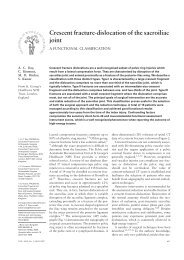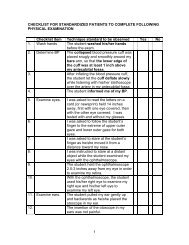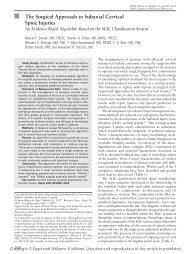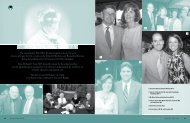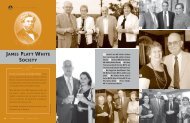Download Residency Training Program PDF - Ross Eye Institute
Download Residency Training Program PDF - Ross Eye Institute
Download Residency Training Program PDF - Ross Eye Institute
You also want an ePaper? Increase the reach of your titles
YUMPU automatically turns print PDFs into web optimized ePapers that Google loves.
oculoplastic rotation and during other surgical time with the attending.<br />
• The resident should become familiar with the various methods and<br />
indications of both upper and lower eyelid reconstruction techniques,<br />
including the use of grafts, flaps, and lid sharing techniques. The resident<br />
will also become familiar with basic plastic surgery techniques, such as Z-<br />
plasties, and suturing techniques such as horizontal and vertical mattress<br />
sutures and their indications.<br />
ASSESSMENT—The resident will perform a variety of reconstructive<br />
procedures during the rotation, and will be the first surgeon on a minimum of<br />
two of these. The attending will monitor the resident’s skill level and insure<br />
that the knowledge of surgical concepts and the level of surgical skill are<br />
satisfactory.<br />
G. Ocular Pathology<br />
three<br />
Overview: <strong>Training</strong> in ophthalmic pathology is aimed at providing an in depth<br />
understanding of the pathological basis of ophthalmic disease. Our goals are<br />
fold: 1) Correlate histology and pathophysiology to clinical presentation and<br />
treatment; 2) Understand practical and technical issues regarding the handling<br />
and processing of surgical pathology specimens; 2) Recognize the<br />
histopathological features of lesions and tumors encountered in clinical practice.<br />
These goals are achieved by a combination of didactic lectures, real-time<br />
involvement in ongoing cases, conference presentations, and research.<br />
Resident conferences in ophthalmic pathology<br />
The resident core pathology conferences are held in the Pathology Service<br />
conference room at the Veterans Affairs Medical Center. The multiheaded<br />
microscope and the attached video monitor allows the histological microscopic<br />
slides to be viewed by all the participants simultaneously. Computer powerpoint<br />
presentations viewed in the same room supplement the direct viewing of the<br />
histological slides with teaching material.<br />
The conferences consist of working meetings (“pathology signout”), and core<br />
lecture presentations. These two types of conferences are sometimes done back to<br />
back. During working conferences, the histological slides of recent surgical<br />
pathology cases are viewed under the multiheaded microscope. This provides an<br />
opportunity for residents to view the pathological slides on patients that they have<br />
seen clinically. The histological findings are reviewed in detail together with<br />
discussion of special stains, immunohistological studies, and the clinical findings.<br />
The second type of conference is a series of thematic presentations. These<br />
presentations follow the resident text Ophthalmic Pathology and Intraocular<br />
Tumors (American Academy of Ophthalmology, Basic and Clinical Science<br />
41




